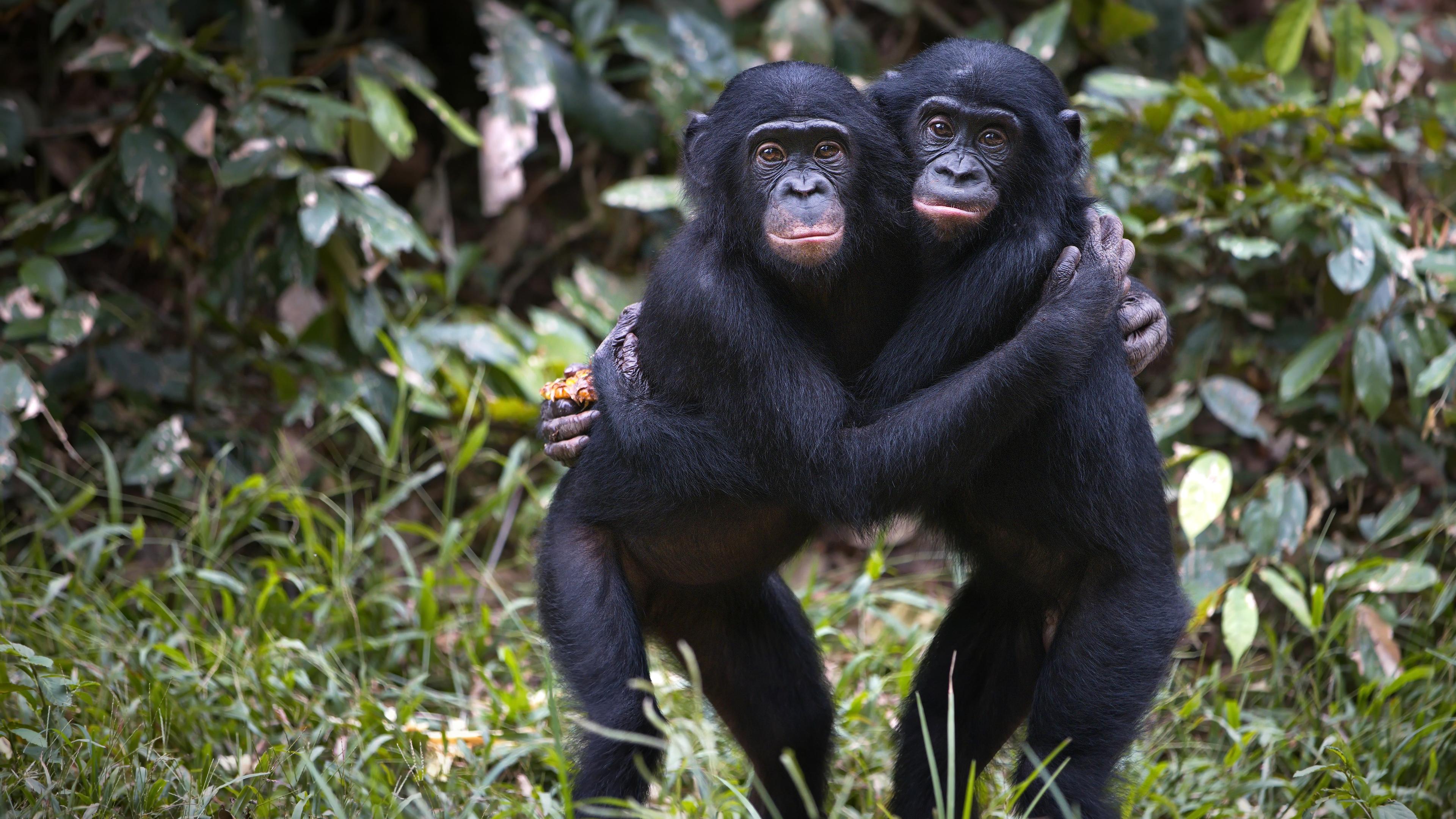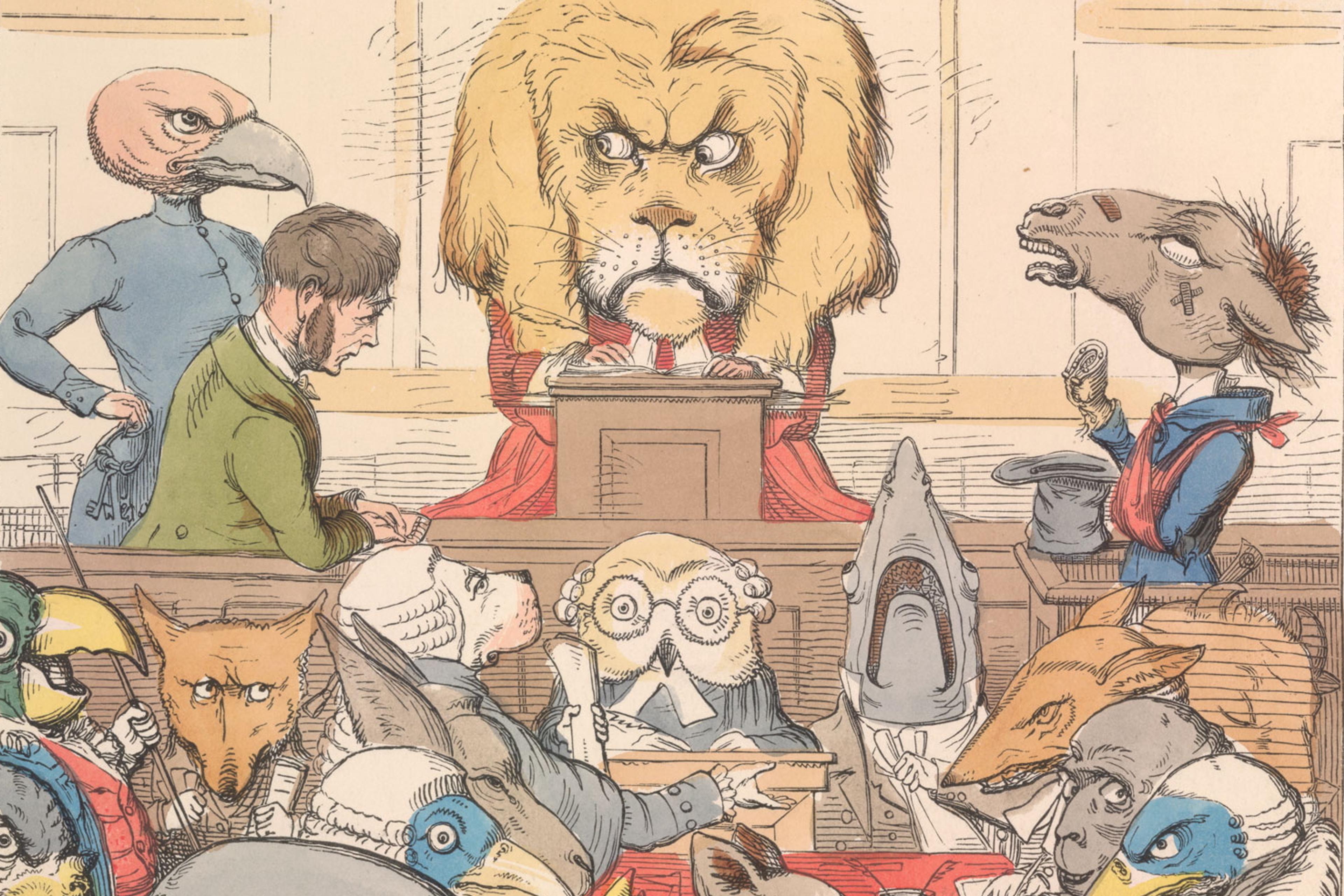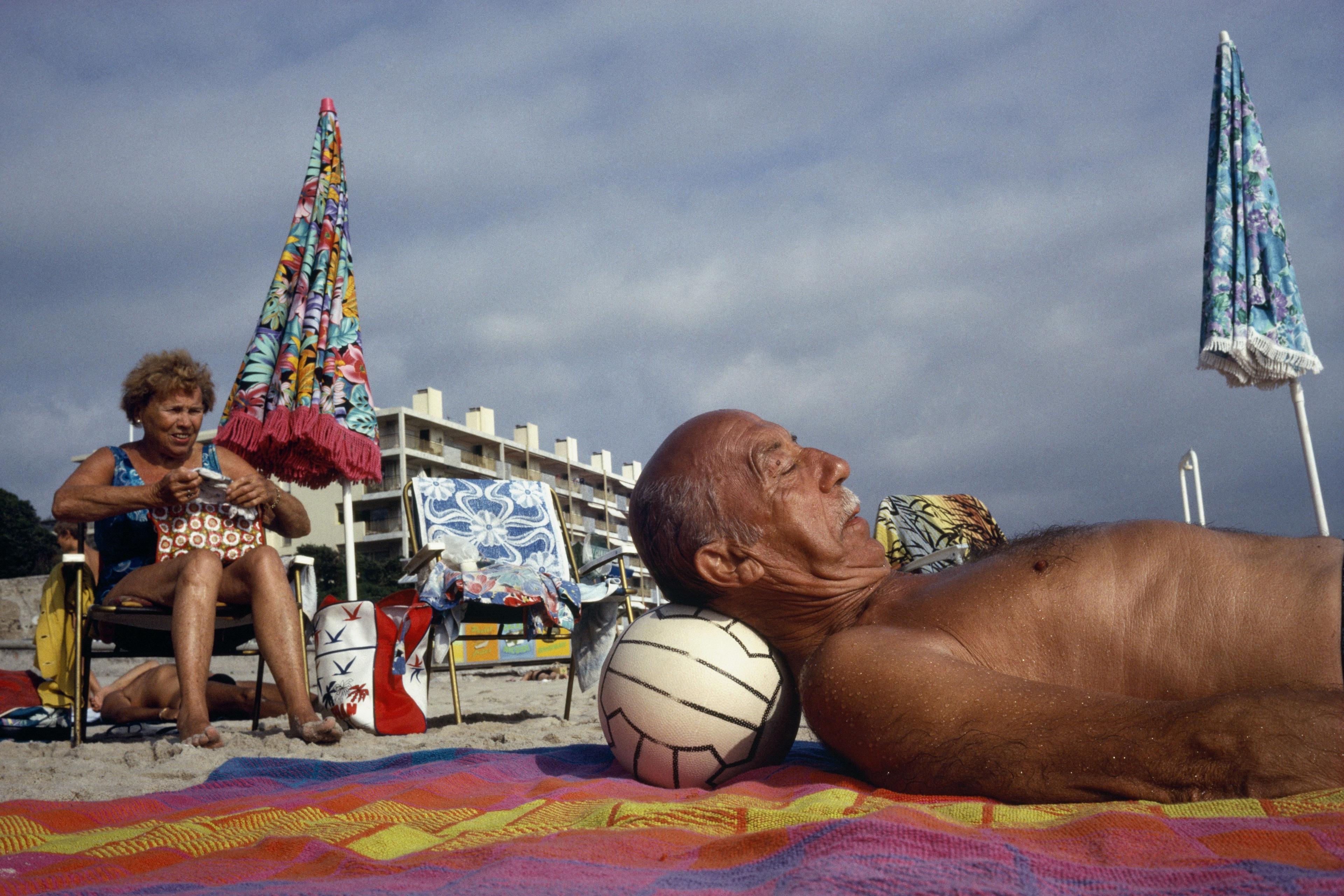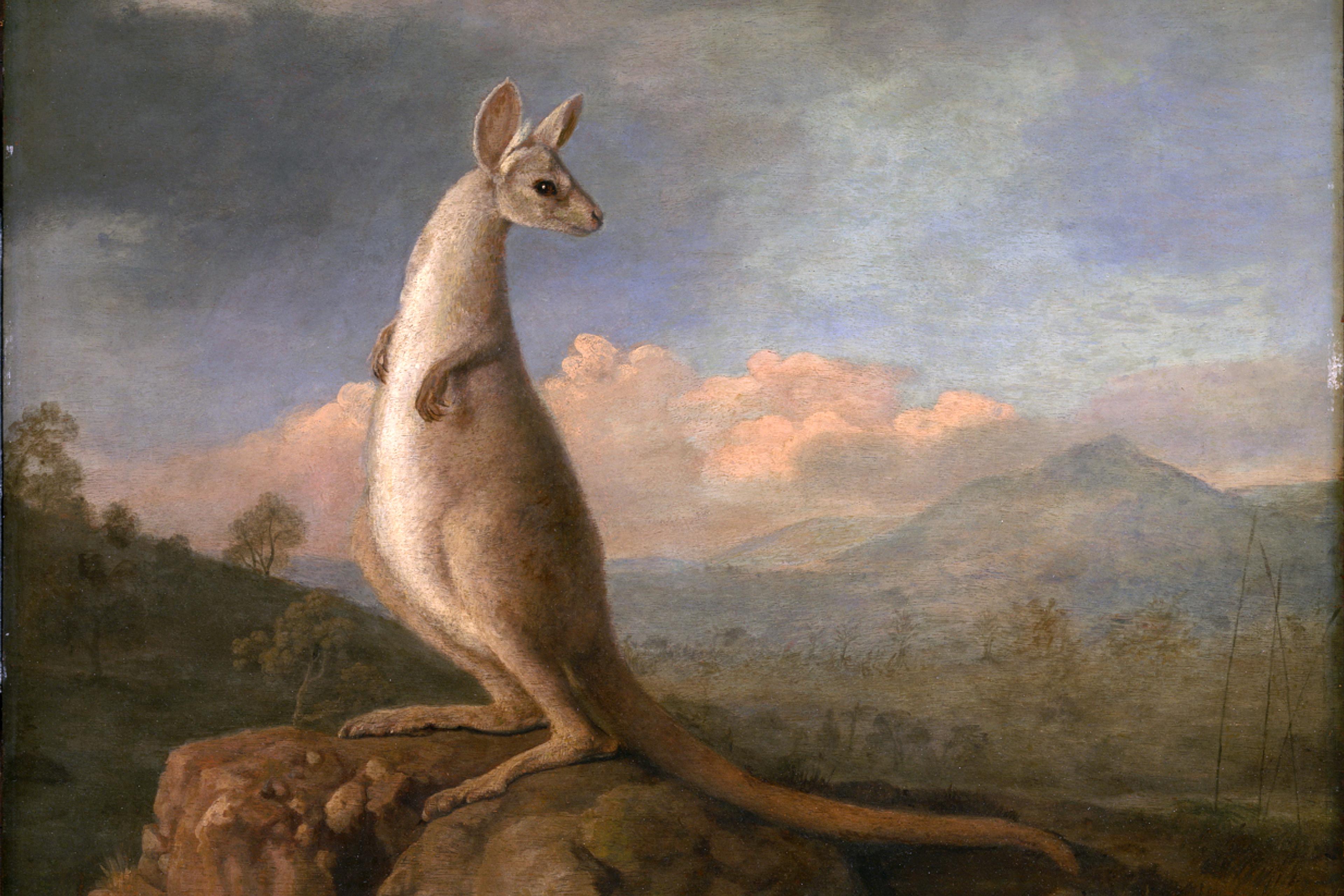In the early 2000s, one of the most famous couples in New York City was a pair of male penguins, Roy and Silo, who lived together in the Central Park Zoo. The two males ‘entwine their necks, they vocalise to each other, they have sex’, according to a New York Times article from 2004. They even raised a chick together, named Tango, and became the subject of the children’s book And Tango Makes Three (2005).
Roy and Silo are far from the only example of animals of the same sex mating with one another. Same-sex sexual behaviour has been observed in more than 1,500 species from spiders and nematodes, to reptiles, birds and mammals. Female bonobos rub their genitals together before sharing a honeycomb, and male Bonin flying foxes fool around while huddling for warmth, according to a recent article from the National Wildlife Federation.
Yet some biologists have previously thought that animals’ same-sex relationships might pose an ‘evolutionary paradox’ because they don’t produce offspring. Why do animals partake in same-sex sexual behaviours at all, if it doesn’t result in babies? To put it bluntly from an evolutionary perspective, isn’t it a waste of time and effort?
In 2019, a team of US biologists proposed a solution to the paradox that’s attracted attention in the field – animals engage in sex with other animals of the same sex because they are indiscriminate about their sexual partners. The team’s point is that it’s actually more effortful to spend time figuring out whether you’re mating with a partner of the opposite sex and more efficient in evolutionary terms to be less fussy.
But now a team of Spanish researchers has pushed back against this theory, arguing in a new study in the journal Nature Communications that same-sex behaviours aren’t arbitrary. Focusing on mammals, they presented evidence that not only is same-sex sexual behaviour incredibly common in both the wild and in captivity (observed in 261 mammalian species, about 5 per cent of the total species), but that it seems to be intentional and adaptive. In other words, it actively helps the survival of a species.
Same-sex sexual behaviour is more common among mammalian species that live in social groups
The first author José M Gómez, based at the University of Granada and the Arid Zone Experimental Station (Estación Experimental de Zonas Áridas), and his colleagues made their discovery using a phylogenetically informed analysis – a statistical approach that looks at the evolutionary relationship between species. Applying this analysis to the distribution of same-sex behaviours across mammalian species, the pattern they uncovered was significant because it meant these behaviours probably evolved independently a number of different times. ‘The multiple and independent evolution of a given character [in this case, same-sex behaviour] is good proof that this character is an adaptation,’ says Gómez.
Gómez and his team suggest that same-sex sexual behaviours have helped animals create and maintain positive relationships with one another, and reconcile after conflicts. For example, they could help female bonobos and macaques reconcile; help with alliance between male bottlenose dolphins; and help structure the dominance hierarchies in herds of American bison. (The team found comparable rates of same-sex acts in females and males; 52 per cent of the species with same-sex sexual behaviour included male and female behaviours.) Consistent with this social account, the team found that same-sex sexual behaviour is more common among mammalian species that live in social groups, compared with those that are more solitary. It is especially common in nonhuman primates – reported in 51 species, such as lemurs and apes.
The team also found that same-sex sexual behaviour is observed more frequently in males where adults often kill each other in a conflict – which is the first time this connection has been made. ‘The relationship between same-sex sexual behaviour and social behaviour was to be expected, because it has been proposed multiple times in the literature,’ Gómez says. ‘But the relationship with intrasexual aggression, on the other hand, surprised us a little more.’ The team aren’t saying these social factors are the only causes of the evolution of same-sex sexual behaviour, but they could help explain from an evolutionary perspective why the behaviour has persisted.
Findings like these don’t tell us much about human sexuality, and scientists use terms like ‘same- or different-sex sexual behaviours’, rather than homosexuality, in order to separate out animal behaviour from humans. But it can serve as a reminder that same-sex sexual behaviours are common throughout the natural world, and that human cultural beliefs have previously gotten in the way of noticing that, or in their interpretation.
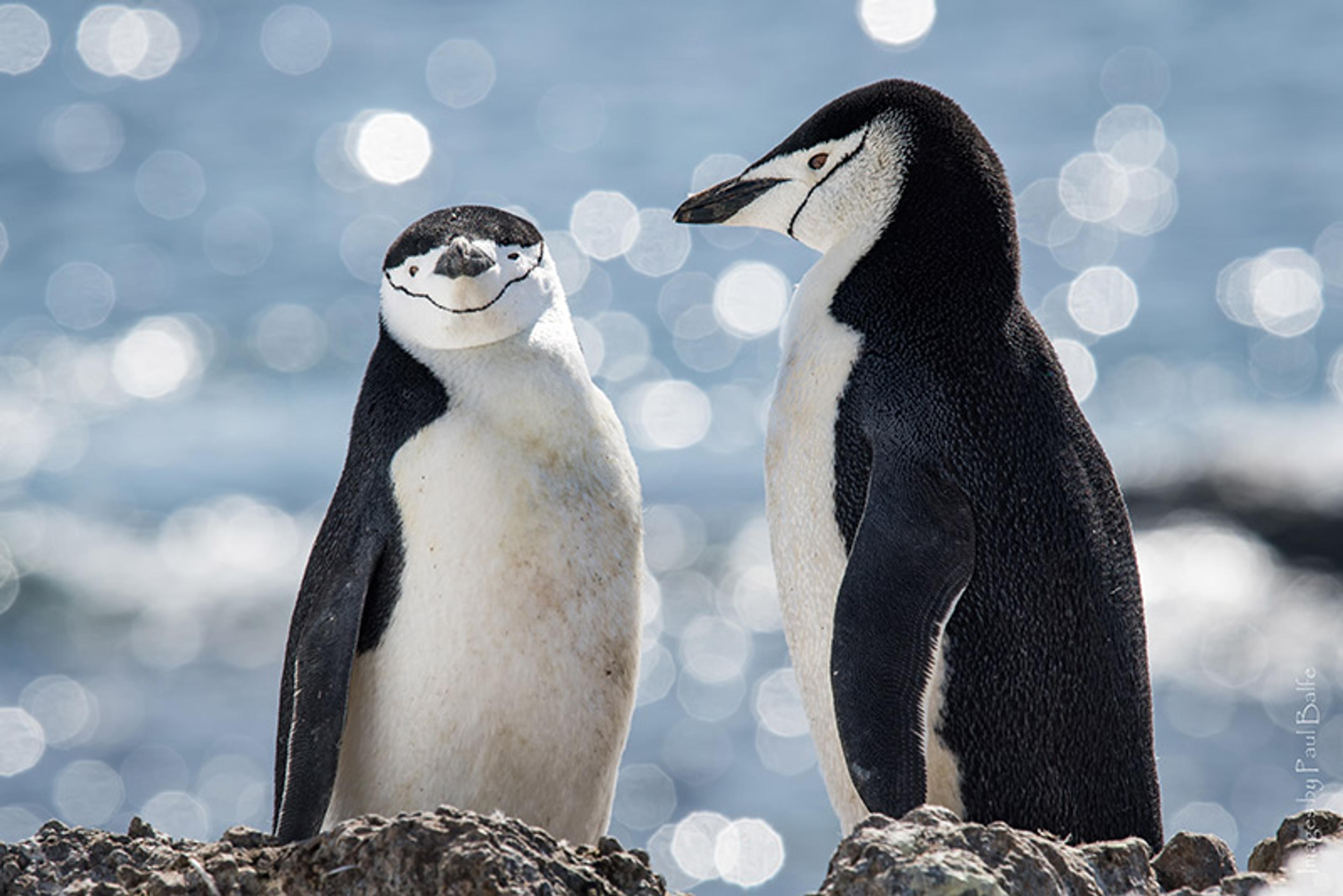
Chinstrap penguins (Pygoscelis antarcticus), Trinity Peninsula, Antarctica. Photo by Paul Balfe/Flickr
In 1911, when the explorer George Murray Levick saw same-sex behaviours in penguins, he described it as ‘depraved’. When the butterfly scientist W John Tennent saw male mazarine blues trying to get the attention of another male, his paper on the topic was called ‘A note on the apparent lowering of moral standards in the Lepidoptera’ (1987). ‘As recently as 1980, a US government document removed all references to homosexual behaviour from a scientist’s report on killer whales,’ Eliot Schrefer wrote in his book Queer Ducks (and Other Animals): The Natural World of Animal Sexuality (2022).
When making claims about what is ‘natural’ when it comes to sex, the animal kingdom offers more evidence of diversity than of homogeneity. As Marlene Zuk, the author of Sexual Selections: What We Can and Can’t Learn about Sex from Animals (2002) told The New York Times: ‘Sexual expression means more than making babies.’
